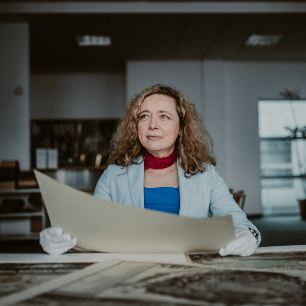
Beata Możejko, Director of Memling Research Center, University of Gdańsk (Poland), Full Professor of History (prof. dr hab.), specializes in medieval history and the auxiliary sciences of history. Member of the Editorial Committee [PL: Komitet Wiedzy] of the Gdańsk Encyclopedia (Gedanopedia); member of the Presiding Office of the Committee of Historical Sciences, within the Polish Academy of Sciences (2020-2023); Corresponding Fellow of the CMS The Centre for Medieval Studies, Prague (since 2021). Member of MECERN: The Medieval Central Europe Research Network.
One of her main research topics is maritime issues related to Gdańsk and other Hanseatic cities in the Middle Ages. She also conduct interdisciplinary research – crops in maritime Gdańsk – cooperation with the Faculty of Biology of the University of Gdańsk and wrecks from the Bay of Gdańsk, it is the cooperation of National Maritime Museum, but her researchs are also focus on Jagiellon’ s dynasty.
Author: 150 articles and few books, last :
Peter von Danzig: the story of a Great Caravel, 1462-1475, Northern World, nr 86, 2020, Brill.
Co-editor (with Dariusz Adamczyk): Monetisation and Commercialisation in the Baltic Sea, 1050-1450, 2021, Routledge.
See at: Academia.edu.
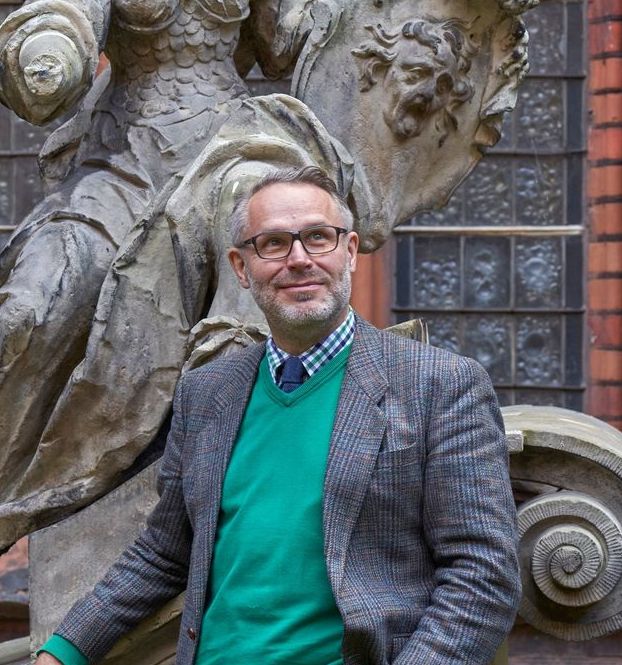
Jacek Friedrich, dr. hab., prof. UG, Wydział Historyczny, Instytut Historii Sztuki. Jacek Friedrich, art historian, museologist. Graduate of art history at the Jagiellonian University. Professor at the Institute of Art History at the University of Gdańsk, Director of the National Museum in Gdańsk.
Author of books including Gdańskie zabytki architektury do końca XVIII wieku [Gdańsk architectural monuments until the end of the 18th century] (Gdańsk 1995, 2nd ed. 1997); Neue Stadt in altem Gewand. Der Wiederaufbau von Danzig 1945-1960 (Köln-Weimar-Wien 2010), Polish edition: Odbudowa Głównego Miasta w Gdańsku w latach 1945-1960 [Reconstruction of the Main City in Gdańsk in 1945-1960] (Gdańsk 2015; Splendor Gedanensis City of Gdańsk Culture Award in 2016); Walka obrazów. Przedstawienia wobec idei w Wolnym Mieście Gdańsku [Battle of Images. Images Versus Art in the Free City of Gdańsk](Gdańsk 2018; ACADEMIA 2018 main prize in the national competition for the best academic and scientific book). Author of about 100 scientific articles published in Poland and abroad. Author of several dozen popular science and educational publications, including the children’s books Gdańsk for Young Travellers (2005) and From Bruges to Gdańsk. ‘The Last Judgment’ by Hans Memling (2017).
Scientific editor of the five-volume monograph Kościół Mariacki w Gdańsku [St. Mary’s Church in Gdańsk] (two volumes have been published so far: Architektura [Architecture], Gdańsk 2017 and Malarstwo i rzeźba [Painting and Sculpture], Gdańsk 2019).
Member of the Gdańsk Scientific Society, Association of Art Historians (president of its Gdańsk Branch in 1997–2003 and again from 2022); The Polish and German Art Historians Working Group; The Polish National Committee of the ICOM International Council of Museums and the Polish National Committee of ICOMOS.
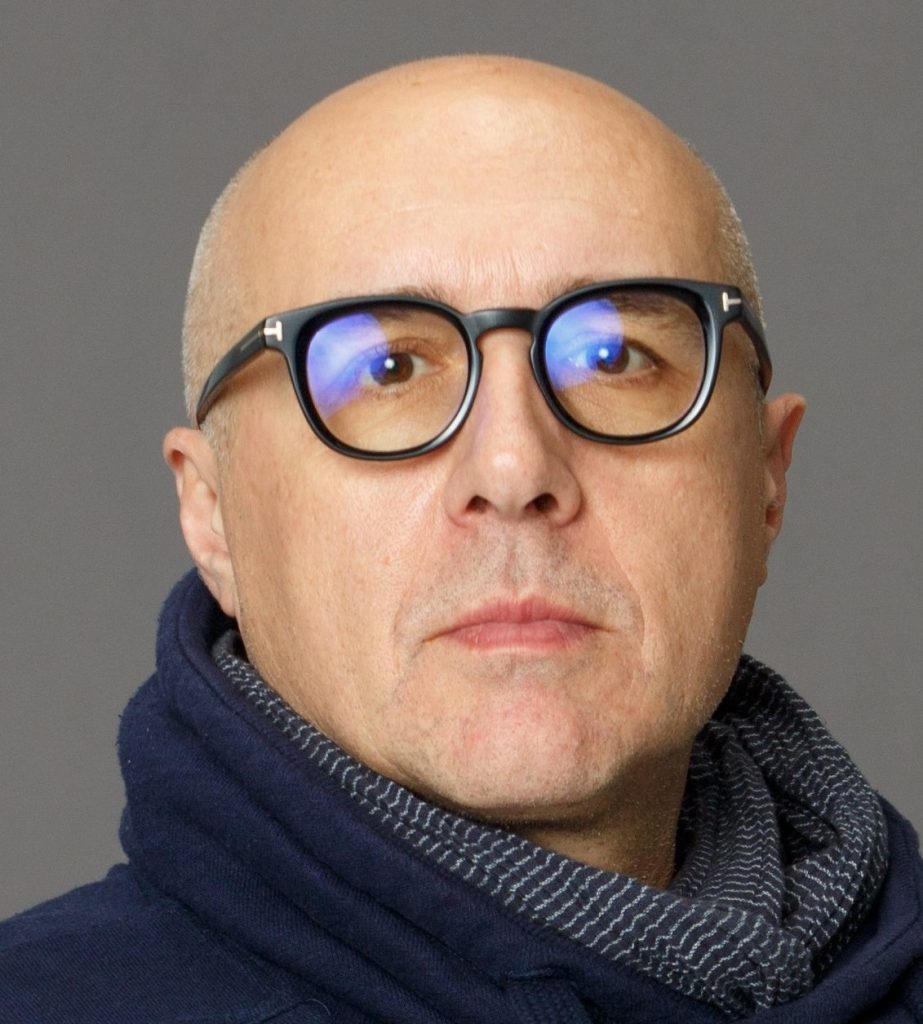
Jerzy Jankau, MD., PhD., DSc. graduate of the Medical University of Gdańsk, Faculty of Medicine. Plastic surgeon. Chairman of the department of Plastic Surgery at the Medical University of Gdańsk/University Hospitals. His doctorate thesis “Anatomic evaluation of a few selected characters of the Hans Memling masterpiece ‘Last Judgement’”, start his career in medical as well as anatomical research of art. He is a author of several article and books about this subject as: Anatomy lessons from Hans Memling “Last Judgement”, Diseases of Gdańsk residents based on a painting by Bartholomäus Milwitz “Christ’s Entry into Jerusalem”.
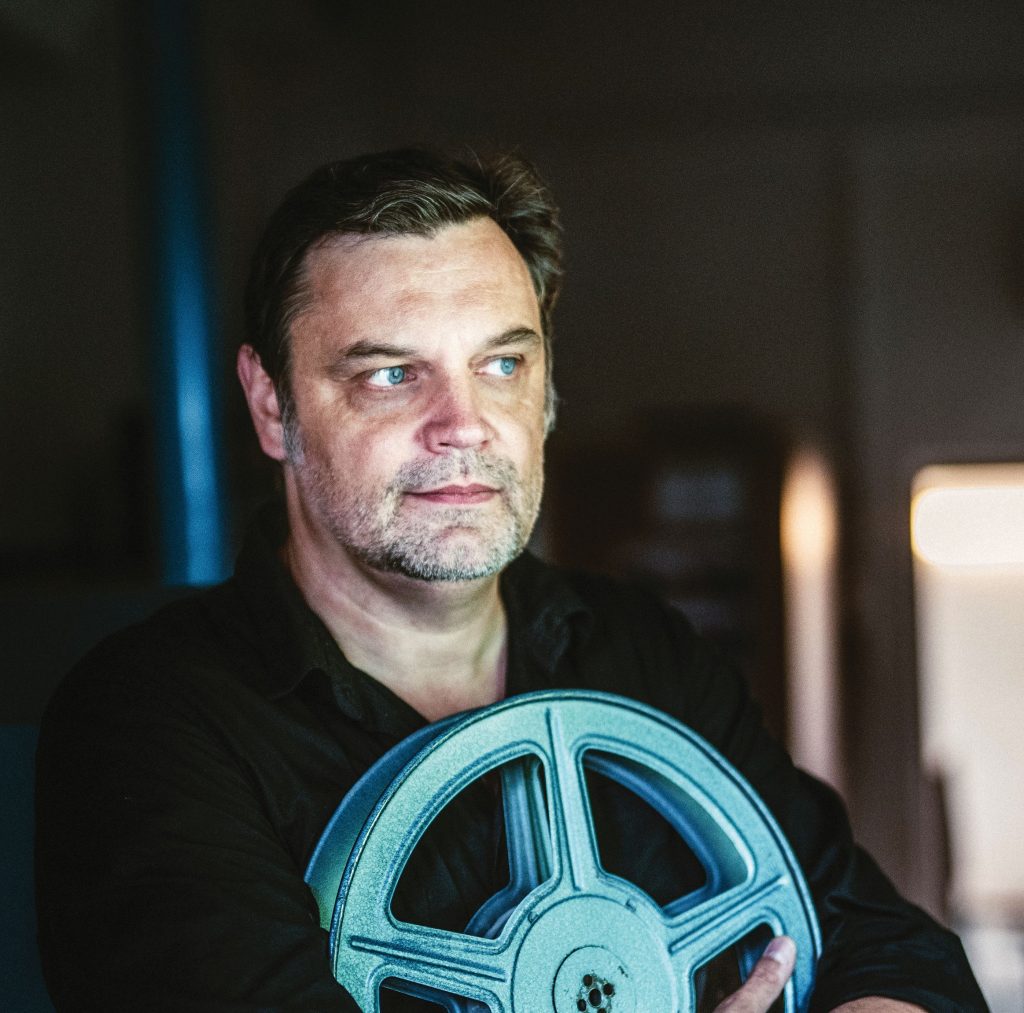
Krzysztof Kornacki, dr. hab., prof. UG Wydział Filologiczny, Instytut Filologii Polskiej UG. Faculty of Philology, Institute of Polish Philology.
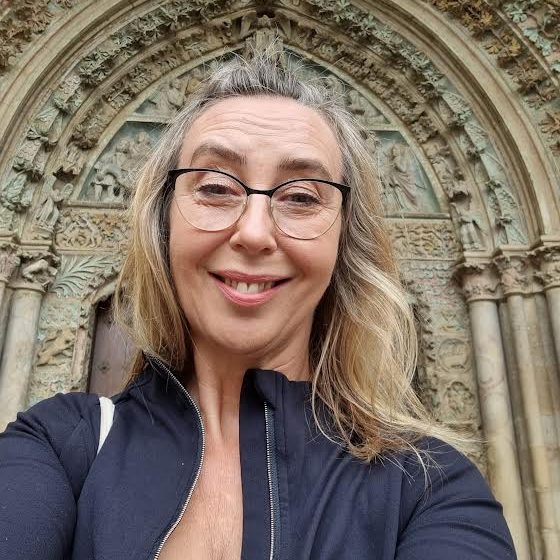
Aleksandra Stanek, MA. She defended her master’s thesis at the University of Gdańsk Institute of Art History with the prof. Konstanty Kalinowski Prize. Currently PhD researcher of the same Institute. Her scientific interests focus on the influence that Netherlandish art of the 15th and the 16th centuries had on the culture of the Iberian Peninsula especially in the context of women-aristocrats’ art collecting and the cultural exchange between the two regions.
Texts and publications: Kolekcja dzieł sztuki Izabeli Katolickiej jako przejaw przemian historycznych, kulturowych i artystycznych w zjednoczonych królestwach Kastylii i Aragonii w II połowie XV wieku, master thesis, Uniwersytet Gdański, 2017. Flamandzka i hiszpańsko-flamandzka sztuka dewocji osobistej w kolekcji królowej Izabeli Katolickiej[w:] Hans Memling i sztuka dewocji osobistej w Niderlandach XV i początku XVI wieku, wyd. Muzeum Narodowe w Gdańsku, Gdańsk 2019, ss 85-105. Uwagi na temat nowo odkrytego dzieła Hansa Memlinga [w:] Argumenta historica, nr 6, Gdańsk 2019, ss 117-132. The Coat of Arms of Louis II, King of Hungary, and Bohemia in the Choir of the Barcelona Cathedral. The Role and Significance of the Jagiellonian Dynasty in the XIX Assembly of the Order of the Golden Fleece in 1519, Routledge. In print
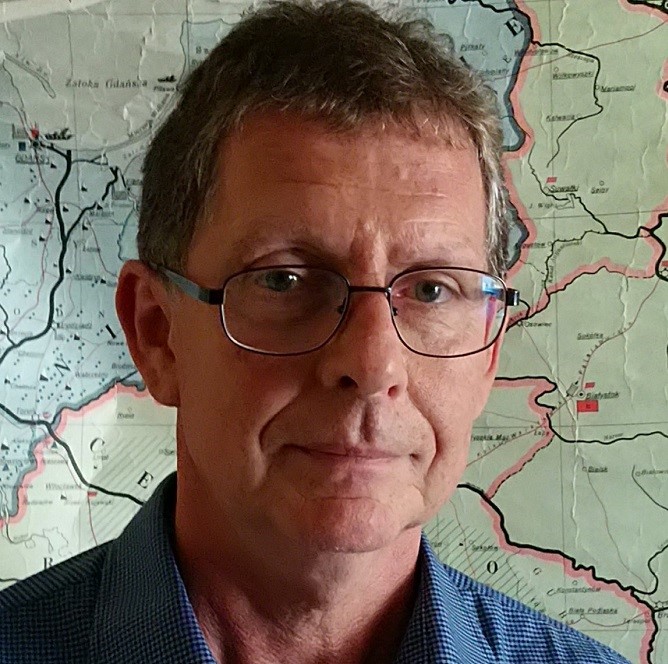
Andrzej Woziński, dr. hab., prof. UG Wydział Historyczny, Instytut Historii Sztuki, Faculty of History, Institute History of Art., UG professor of the University of Gdańsk, art historian. He completed his undergraduate and postgraduate studies at the Adam Mickiewicz University in Poznań. He started his professional work in National Museum in Poznań: from 1985 to 2000 serving as a head of Department of Medieval Art and from 1998 to 2000 as a deputy director. From 2001 he is working in the Institute of History of Art of the University of Gdańsk, from 2003 to 2008 as a head of this department. In 2013 he completed his habilitation in the Institute of Art of the Polish Academy of Science in Warsaw by the book “In Starlight. Art and Astrology in Gdansk in 1450–1550”. He is medievalist. He investigates late medieval and early modern sculpture and painting in Gdańsk, Prussia and on the Baltic coast and astrological iconography as well.
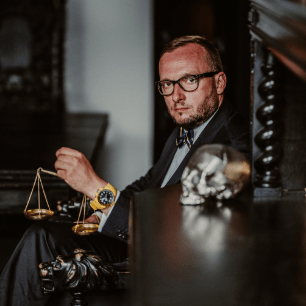
Kamil Zeidler, prof. dr hab. Professor of law, head of the Department of the Theory and Philosophy of the State and Law in the Faculty of Law and Administration of the University of Gdańsk, director of the Centre for East Asian Studies at the University of Gdańsk. Specialist in the theory and philosophy of law, including the aesthetics of law, legal rhetoric and eristic, and the law for the protection of cultural heritage. Author, co-author, and editor of more than forty books and also more than 500 other academic publications. Editor-in-Chief of Gdańsk Journal of East Asian Studies. President of the Polish Section of the International Association for Philosophy of Law and Social Philosophy (IVR). Member of many scholarly associations, including: the Polish National Committee of ICOMOS (International Council on Monuments and Sites); the Polish National Committee of ICOM (International Council of Museums); the Gdańsk Scientific Society; member of the ICCROM’s Council (International Centre for the Study of the Preservation and Restoration of Cultural Property, 2017–2021).
Contact: kamil.zeidler@ug.edu.pl
Our assiociates:
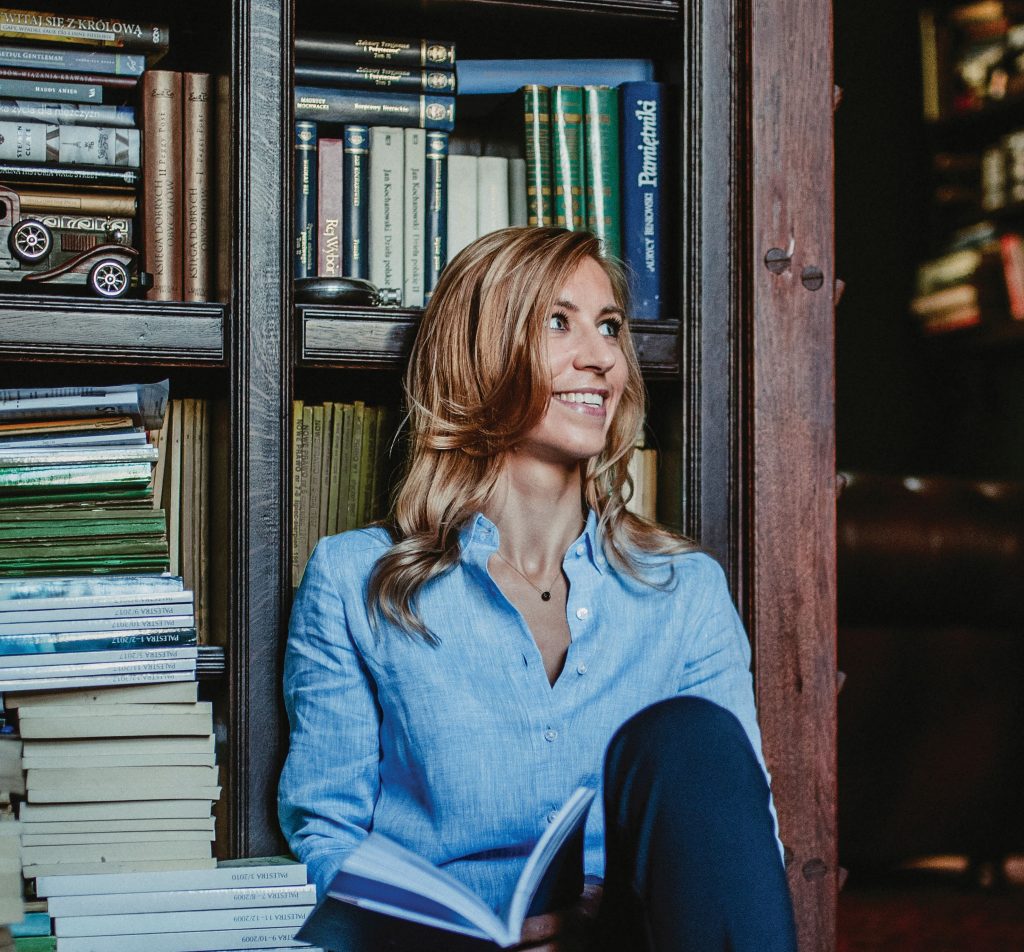
Joanna Kamień, PhD in law, editor-in-chief of Gdańsk University Press, member of the Polish Section of the International Association for Philosophy of Law and Social Philosophy (IVR), specialist in the theory and philosophy of law, aesthetics of law, and law and literature.
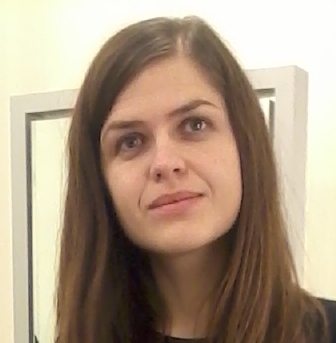
Ewa Bojaruniec-Król, PhD, Museum of Gdańsk.
Doctor of humanities, historian, art historian, cultural manager. A certified curator, has been associated with the Gdańsk Museum and the University of Gdańsk for many years. Manager of the Gdańsk Museum of Science. Popularizer of knowledge about the history and culture of medieval and modern Gdańsk. Author and co-author of exhibitions on the history of Gdańsk, including: Who was Johannes Hevelius?; Coats of Arms of Gdańsk Patricians from the 15th to the 18th Century; Under the King’s Crown. Casimir IV Jagiellon and Gdańsk at the 560th Anniversary of the Great Privilege; The King is coming! Visits of Polish rulers to Gdańsk in the 15th-18th centuries; Carillons – the Sound of Gdańsk; Pioneers, Researchers, Leeders…Women scientists of Gdańsk, as well as publications and scientific articles, including: In the era of sailing ships. The sea from antiquity to the 18th century (in cooperation with Prof. B. Możejko); The ennoblement of Gdańsk patricians in the second half of the fifteenth century and the early sixteenth century; Ceremony and pleasure on the occasion of the visit to Gdańsk in 1504 of Aleksander Jagiellończyk, King of Poland, and his wife Helena.
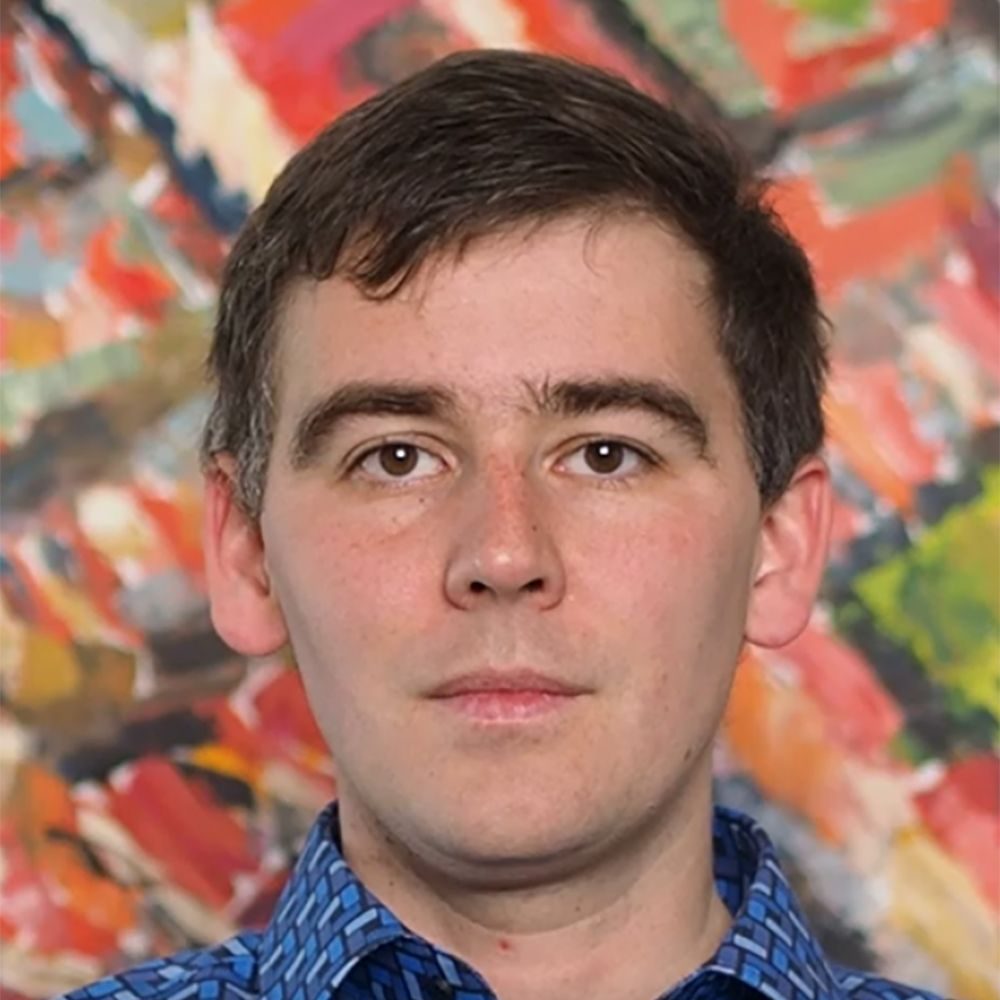
Piotr Samól, PhD Arch. Eng., architecture historian and assistant professor at the Faculty of Architecture, Gdańsk University of Technology.
He holds two PhDs in architecture (2015) and history (2017). His scientific interests focus on medieval architecture, urban history and cultural heritage of the former Baltic Sea region. He specializes in destructive and non-destructive architectural investigations, conducted inter alia in the historical monuments from Gdansk, Chełmno, Elbląg and Barczewo. He is the author of two monographic books – “Młode Miasto Gdańsk (1380-1455) i jego patrymonium” [“Young City of Gdańsk (1380-1455) and its territory”] (Gdańsk 2018), “Architektura kościołów dominikańskich w średniowiecznych Prusach” [“Architecture of the Dominican churches in the medieval Prussia”] (Gdańsk 2022) and around 40 other scientific publications.
He is a member of the Polish National Committee of ICOMOS, Society of Conservators of Monuments (member of the board in Gdansk district) and National Chamber of Polish Architects.
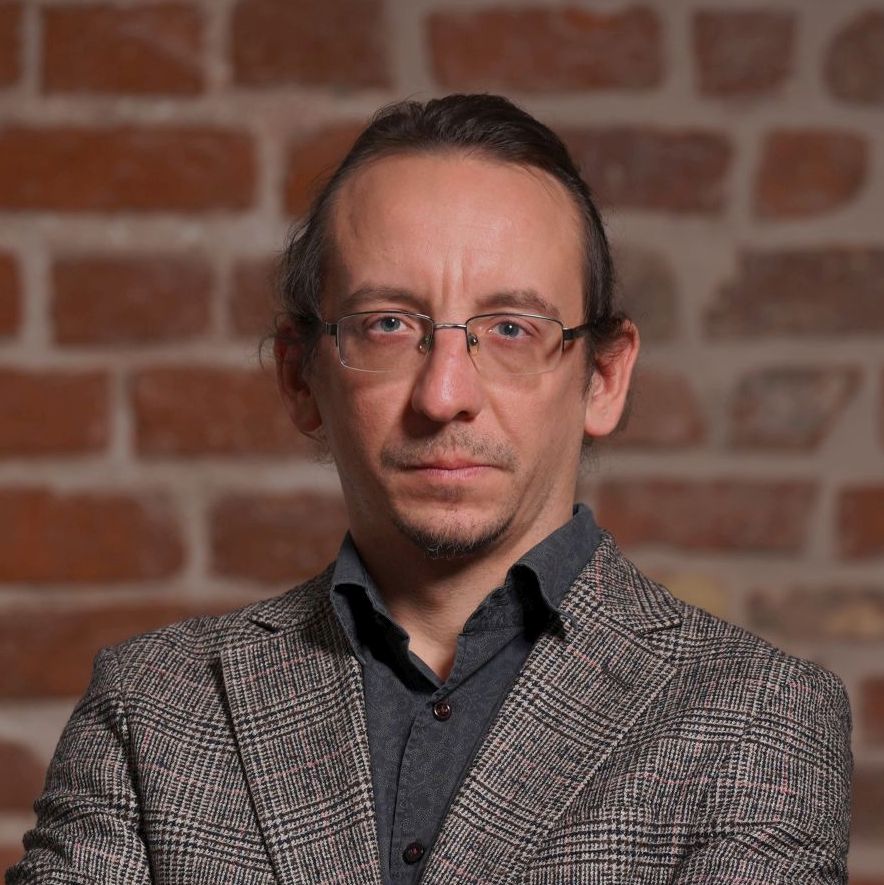
Franciszek Skibiński, holds a PhD from Utrecht University. He is an assistant professor at the Nicolaus Copernicus University in Toruń, Poland, and a research director at the National Museum in Gdańsk, Poland. In his works he explores, among others, Early Modern art and culture in Prussia and in the Polish-Lithuanian Commonwealth. Recently, he published a book ‘Willem van den Blocke. A Sculptor from the Low Countries in the Baltic Region’ (Brepols, 2020). His other publications include ‘Early Modern Netherlandish Sculptors in Danzig and East-Central Europe. A study in dissemination through interrelation and workshop practice’, In Nederlands Kunsthistorisch Jaarboek 63 (Brill: 2013), ‘Between Paris, the Low Countries and the Baltic: an episode in the history of artistic exchange in sixteenth-century Europe’, In Arts et artistes du Nord a la cour de Francois Ier, eds. Laure Fagnart and Isabelle Lecocq (Paris: Picard 2017), and ‘Sculpture’s Narrativity in Northern Renaissance Prints’, In: Sculpture in Print, 1480–1600, eds. Anne Bloemacher, Mandy Richter, and Marzia Faietti (Boston-Leiden: Brill, 2021). He participated in various symposia organized, among others, by the Center for Renaissance and Reformation Studies in Toronto, Renaissance Society of America in New York, Berlin and New Orleans, Royal Dutch Academy of Sciences in Amsterdam, Bibliotheca Hertziana in Rome, Humboldt Universität zu Berlin, Dutch Art Historical Institute in Florence, GWZO in Leipzig, ESF Research Network PALATIUM in Copenhagen, IRPA-KIK in Brussels presenting, for instance, on ‘Tomb Sculpture and Transformations of the Republican Ideal in Poland-Lithuania at the Time of the early Elective Monarchy (1574-1648)”, and ‘Gdańsk and beyond. Artist mobility and artistic exchange in Royal and Ducal Prussia (1550-1650)’. He also an author for the Routledge Encyclopedia of the Renaissance World and a part of a research project, realized within the framework of the National Program for the Development of Humanities of the Ministry of Science and Higher Education of Poland which aims for conducting a comprehensive inventory of artistic heritage within the perimeter of Toruń Old Town complex, a UNESCO World Heritage site.

